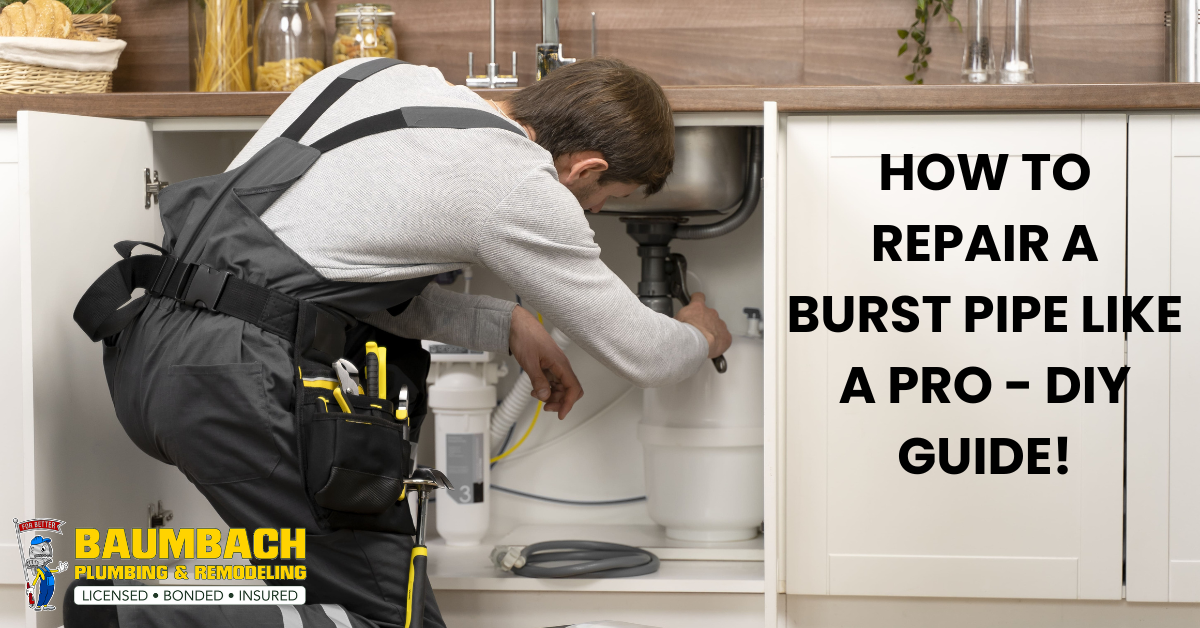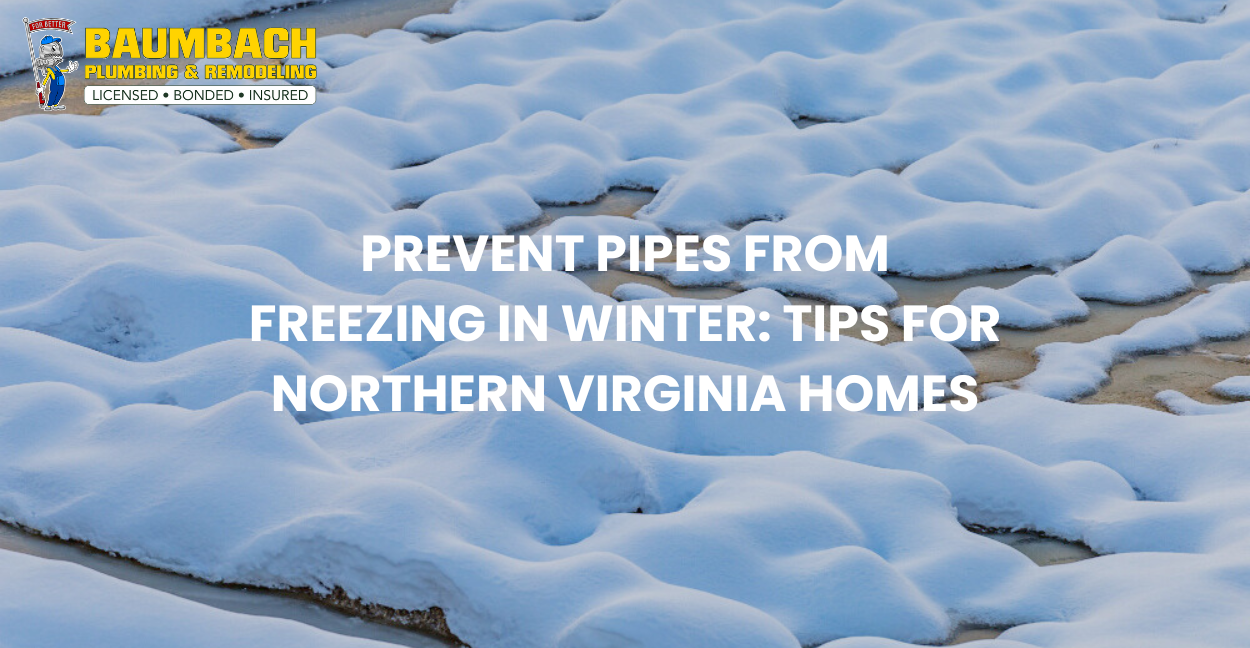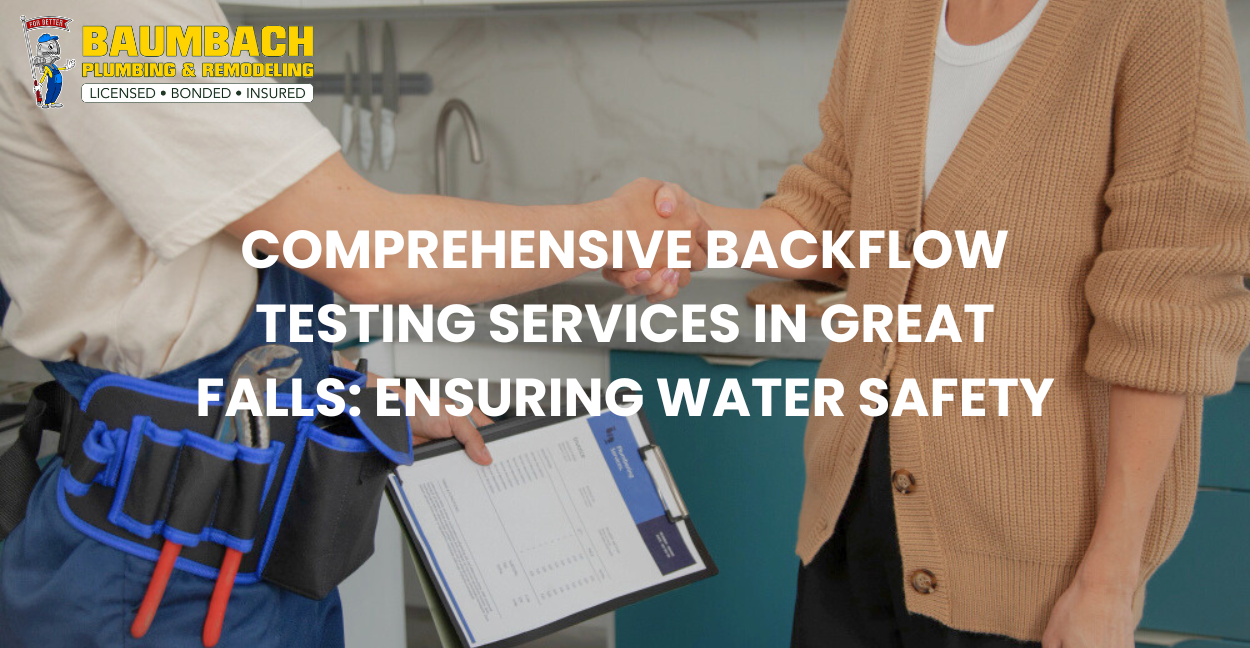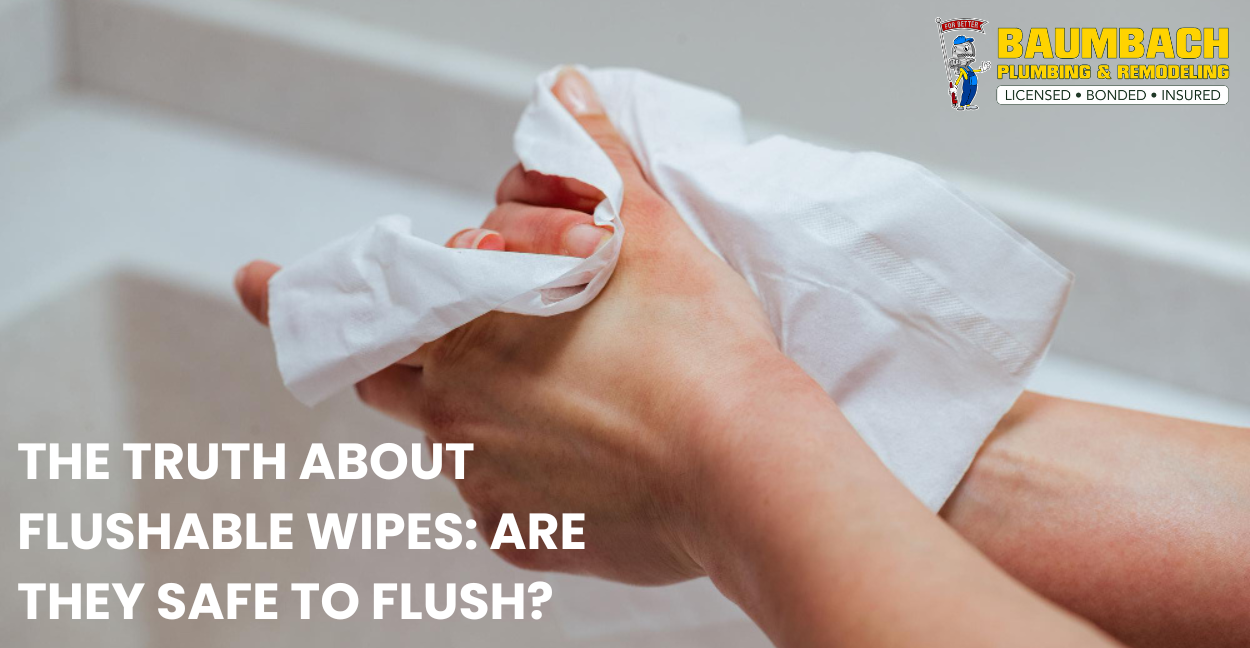What is a Burst Pipe?
A burst pipe occurs when there is a crack, hole, or complete break in the pipe, causing water to escape into your home. This can result from various factors, including freezing temperatures, corrosion, or excessive water pressure. Understanding the causes is crucial for effective prevention.
Burst pipes can turn a peaceful home into a watery chaos within moments. Understanding how to repair a burst pipe is crucial to prevent extensive damage. In this guide, we’ll explore the steps to address this plumbing emergency, ensuring your home stays dry and secure.
First things first, how do you even know if a pipe burst? Look out for things like weird water stains, low water pressure, or odd sounds in your walls. Pipes in spots like chilly attics or crawl spaces are more likely to burst. Keep an eye on these places. Now, let’s dive into a simple guide on how to repair a burst pipe, turning chaos back into calm.
How to Repair a Burst Pipe: A Step-by-Step Guide
1.) Locate the Leak
Start by identifying the exact location of the burst. Look for water stains, puddles, or hissing sounds, which are clear indicators.
2.) Turning off the Water
Find the main water shut-off valve and cut off the water supply immediately. This prevents additional water damage and provides a controlled environment for repairs.
3.) Ensuring Safety
Before starting any repair work, turn off the electricity in the affected area. Safety should always be a priority when dealing with water-related issues.
4.) Essential Tools
Besides a pipe repair clamp, epoxy putty, and insulation, consider having a pipe cutter and replacement section of the pipe. This allows for more comprehensive repairs.
5.) Temporary Fix with a Pipe Repair Clamp
Utilize a pipe repair clamp for a quick fix. Alternatively, consider using a rubber sheet and hose clamps for a temporary seal.
6.) Use Epoxy Putty for Small Cracks
Epoxy putty is versatile. For smaller cracks, use it directly. For larger cracks, wrap the damaged area with rubber tape first and then apply epoxy putty.
7.) Insulating Pipes for Long-Term Prevention
Extend your preventive measures by insulating pipes. Use foam pipe insulation for exposed pipes in cold-prone areas.
8.) Pipe Cutter & Replacement
If the burst is in a section of pipe with severe damage, use a pipe cutter to remove the damaged part. Replace it with a new section, securing it with appropriate connectors.
9.) Using a Compression Coupling
Compression couplings are effective for repairing small to medium-sized pipe bursts. Cut the damaged section, slide on the coupling, and tighten the nuts.
10.) Wrapping with Rubber & Hose Clamps
For a quick and effective temporary fix, wrap the damaged area with a rubber sheet and secure it tightly with hose clamps.
11.) Adding Pipe Repair Tape
Pipe repair tape, like self-fusing silicone tape, can be an effective temporary solution. Wrap it tightly around the damaged area, ensuring a secure seal.
12.) Professional Pipe Freeze Kit
In certain situations, using a professional pipe freeze kit may be necessary. This involves freezing the water inside the pipe temporarily, allowing you to make repairs without shutting off the main water supply.
13.) Know When to Seek Professional Help
Recognize the limitations of DIY repairs. If the damage is extensive or beyond your expertise, call a professional plumber for assistance. Dealing with a burst pipe can be a stressful experience, and prompt action is crucial to minimize damage.
At Baumbach Plumbing, we understand the urgency of such situations and are ready to assist you with our expert plumbing services. Based in Northern Virginia, Baumbach Plumbing takes pride in being a trusted and professional plumbing company in the region. Our commitment to excellence, customer satisfaction, and quality workmanship sets us apart. Call us now at Fairfax: +1 (703)-250-4200, Arlington: +1 (703)-524-1250 or schedule your appointment now.
Proactive Strategies: How to Prevent Burst Pipes
Discovering a burst pipe can be a homeowner’s nightmare, but with the right preventive measures, you can significantly reduce the risk. In addition to repair strategies, let’s delve into proactive steps to safeguard your plumbing and prevent the occurrence of burst pipes.
-
Identifying Vulnerabilities
Conduct routine inspections to identify potential vulnerabilities in your plumbing system. Look for signs of wear, corrosion, or aging pipes that may be prone to bursting.
-
Insulating Pipes for Cold Protection
In colder climates, insulation is key. Ensure that exposed pipes, especially those in attics, basements, or exterior walls, are adequately insulated. This helps prevent freezing, a common precursor to burst pipes.
-
Regulating Water Pressure
Maintain balanced water pressure throughout your plumbing system. Excessive pressure can strain pipes, making them more susceptible to bursting. Consider installing a pressure regulator to ensure optimal levels.
-
Disconnecting Outdoor Hoses
Before winter sets in, disconnect and drain outdoor hoses. Frozen water within hoses can lead to increased pressure in the connected pipes, raising the risk of a burst.
-
Regular Maintenance Checks
Implement a regular maintenance schedule for your plumbing system. This includes inspecting joints, valves, and connections for any signs of leaks or weakness. Early detection can prevent potential burst situations.
-
Implementing Heat Tape Solutions
In extremely cold environments, consider using heat tape on vulnerable pipes. This electrically powered tape provides a consistent source of heat, preventing pipes from freezing and reducing the risk of bursting.
-
Smart Home Solutions for Burst Pipe Prevention
Explore smart home technologies designed to prevent burst pipes. From temperature sensors to automated shut-off valves, discover how these innovations can add an extra layer of protection to your home.
-
Advanced DIY Techniques for Repair
Dive into more advanced do-it-yourself techniques for burst pipe repair. Learn about specialized tools and materials that can enhance your DIY skills.
-
Seeking Professional Assessment
For a comprehensive evaluation of your plumbing system’s vulnerability, seek the expertise of a professional plumber. They can identify potential issues and recommend preventive measures tailored to your specific situation.
By adopting these proactive strategies, you fortify your plumbing against potential burst situations. Remember, prevention is often the most effective form of protection.
Don’t wait for a plumbing emergency to strike—call us today to book your personalized assessment and take the first step towards a resilient and reliable plumbing system.
Frequently Asked Questions: Mastering Burst Pipe Knowledge
Navigating the complexities of burst pipes requires a solid understanding. Here are comprehensive answers to frequently asked questions, providing you with a thorough grasp of this plumbing challenge.
1.) Can I fix a burst pipe myself?
Yes, for minor leaks and small cracks. Utilize a pipe repair clamp, epoxy putty, or other DIY solutions. However, for extensive damage or multiple bursts, it’s advisable to consult a professional plumber.
2.) How much does it cost to fix a burst pipe?
The cost varies based on factors such as the severity of the burst, materials needed, and whether you opt for DIY or professional help. DIY costs can range from $20 to $100, while professional services may cost between $150 and $1,000. These prices are just estimates, actual cost depends upon the complexity of the repair.
3.) Does insurance cover burst pipes?
Generally, homeowner’s insurance covers burst pipes. However, the extent of coverage can vary. Review your insurance policy to understand the specific terms and conditions related to burst pipe incidents.
4.) How do I stop pipes from freezing?
Prevent freezing by insulating pipes, especially those in vulnerable areas. Disconnect outdoor hoses before winter, and consider using heat tape in extremely cold climates. Maintaining a consistent indoor temperature also helps avoid frozen pipes.
5.) When should I call a plumber?
Call a plumber when the damage is extensive, or if you’re uncertain about the repair. Professional plumbers have the expertise to handle complex burst pipe situations, ensuring a thorough and lasting solution.
Conclusion
In conclusion, a burst pipe demands swift and informed action. By following the step-by-step repair process, addressing common questions, and implementing preventive measures, you empower yourself to manage and prevent burst pipe incidents effectively. Remember, a proactive approach to plumbing care can save you from extensive damage and costly repairs.






